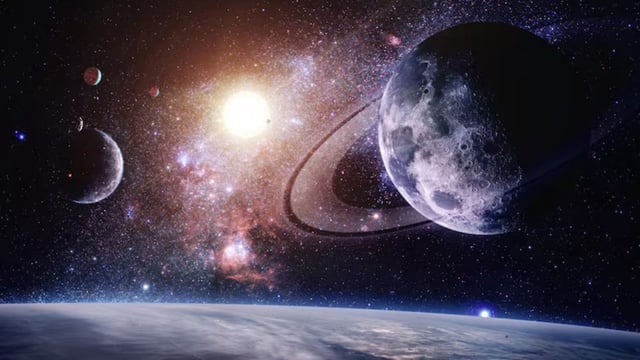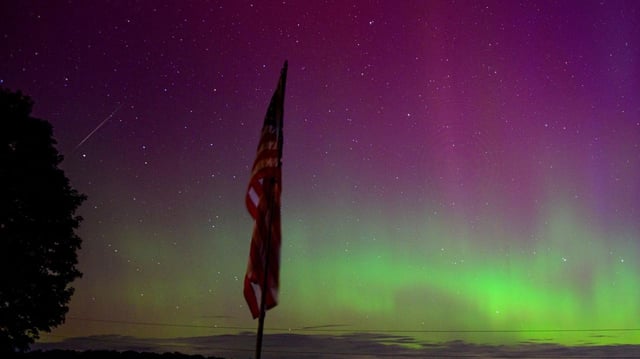Overview
- At peak overnight on August 12–13, observers can expect only about 12 to 18 meteors per hour instead of the usual 50 to 75 due to lunar interference.
- The Perseid shower remains active from July 14 through September 1, offering late-night and pre-dawn viewing opportunities ahead of and following the peak.
- Experts from the American Meteor Society and NASA advise watching during the darkest pre-dawn hours with your back to the moon to improve visibility.
- Dedicated skywatchers may still spot occasional fireballs that outshine the lunar glow, though these bright events will be less frequent.
- Astronomers recommend marking December’s moon-free Geminid meteor shower, which can deliver up to 150 meteors per hour at its peak.



